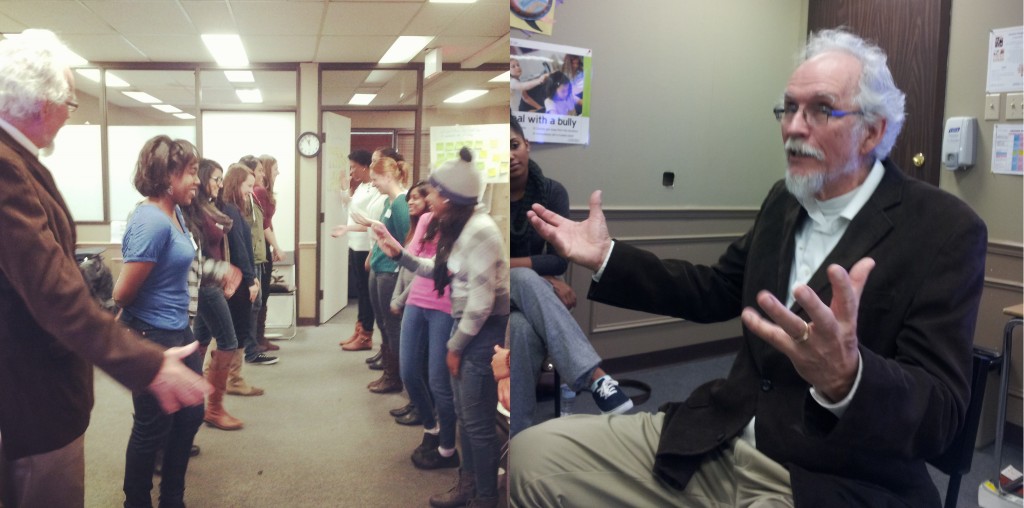Youth Violence Prevention Workshop
On October 26, Dr. Edward Blackstock held a workshop on Youth Violence for the staff and volunteers of the S.T.Y.L.E. program organized by the Learning Disabilities Association of Toronto District (LDATD). Here are some of the highlights and takeaways from the workshop:
Understanding the Brain
The limbic system, featured above, is group of mechanisms that includes the amygdala. The amygdala is primarily responsible for regulating emotions and empathy. Mirror neurons are responsible for emotional attunement to other individuals, a state in which we unconsciously mimic others’ expressions of emotion and thus feel what they feel. These expressions of emotion include nonverbal communication such as facial expressions, personal space, body posture, and paraverbal communication such as tone of voice, volume and cadence.
Empathy is the capacity to recognize, experience, and understand the emotions of another person.
How to exercise empathic listening:
- Be nonjudgmental
- Give undivided attention
- Listen carefully to what the person is really saying (focus on feelings, not just facts)
- Allow silence for reflection
- Use restatement to clarify messages
Reading the Mind in the Eyes

Our eyes give a lot of clues about someone’s emotions, feelings and thoughts. We gave our volunteers a test developed by Simon Baron-Cohen called Reading the Mind in the Eyes Test. Try it yourself and see how well you can match pictures of eyes to what that person is thinking or feeling! Don’t spend too much time thinking about it and just choose the first answer that comes to mind.
Prevention is Key

What does all of this talk about emotional attunement, mind reading and empathy have to do with violence? As educators, mentors and volunteers – especially those working with troubled youth – prevention is the key to minimizing violent situations.
The most effective strategy to prevent a violence incident is to develop a relationship with your student, demonstrate empathy, and exercise empathic listening/mindfulness. It is important to understand that your own behaviour (verbal/non-verbal and implicit/explicit) has a direct influence on how the student will respond and behave. It is important to understand that speaking in a calm non-threatening voice, smiling, making eye contact, and listening empathetically can transmit those emotions to a student and deescalate a situation and prevent a violent incident.
